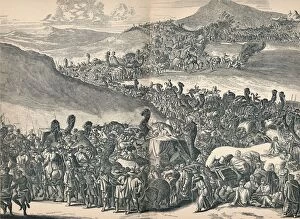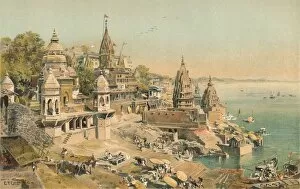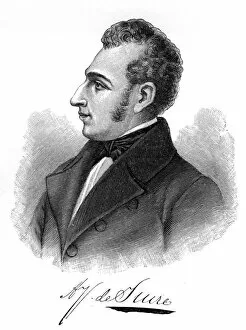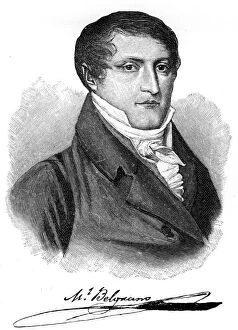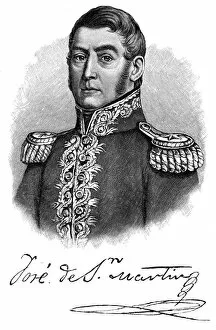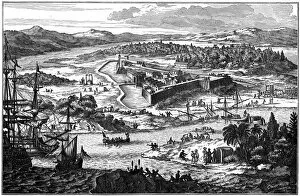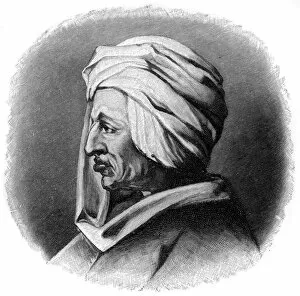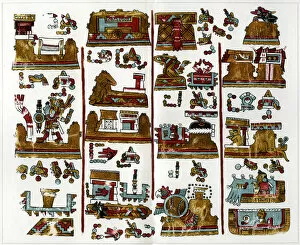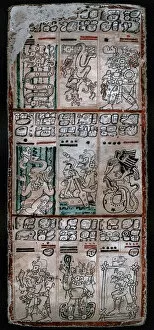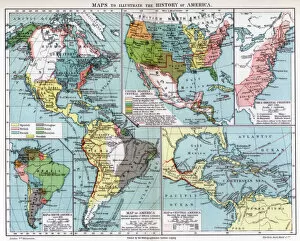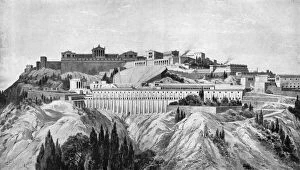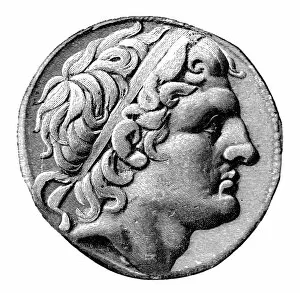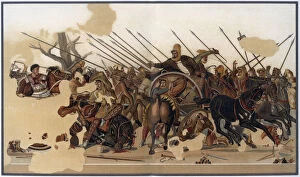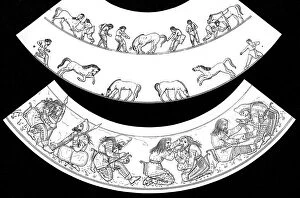Hf Helmolt Collection (page 2)
"HF Helmolt: A Journey Through Time and Culture" Step into the world of HF Helmolt
All Professionally Made to Order for Quick Shipping
"HF Helmolt: A Journey Through Time and Culture" Step into the world of HF Helmolt, a renowned historian and author who captivated audiences with his vivid depictions of historical events. From the remains of Pompeii's banker Lucius Caecilius Iucundus' house to the heroes of South American independence, Helmolt's works transport us across continents and centuries. In 1902, he unveiled Tigranes, King of Armenia, capturing the essence of this powerful ruler in intricate detail. The following year brought us a mesmerizing Map of Ancient Greece, allowing us to trace the footsteps of ancient civilizations. Helmolt delved further into history with portraits like Ivan IV from c1601 and Vlad III, Prince of Wallachia from c1906. These images revealed the faces behind legendary figures whose stories still echo through time. The Front Abbey Church at Saint Denis became another subject for Helmolt's exploration in 1907. As we gaze upon its grandeur, we are reminded that it serves as a burial place for French kings—a testament to their legacy. One cannot overlook Helmolt's depiction of Battle and Court Justice during Henry VII's March Upon Rome—a page ripped straight from Codex Balduineus. This artwork immerses us in an era filled with political intrigue and military might. Charles The Great and His Wife also grace our presence thanks to Helmolt's meticulous research on early portraiture. We catch a glimpse into their lives as they shape European history during the eighth century. Venturing northwards towards Baltic countries in 1907 reveals yet another facet explored by HF Helmolt—an area steeped in rich cultural heritage waiting to be discovered by eager travelers. But it is not just famous personalities or grand landscapes that intrigued him; he also shed light on lesser-known aspects such as An Encampment of First Gypsies in Central Europe circa 1604.









